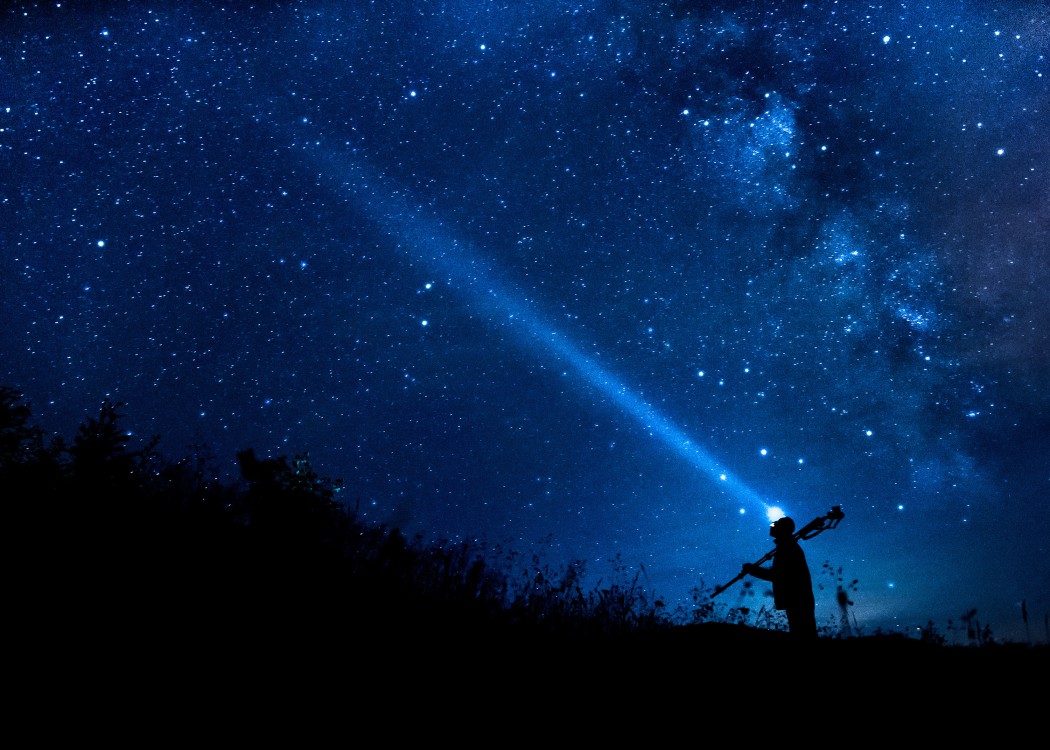
Heavy Rain, Flooding, and Chance of Severe Weather Staring Down the Southern U.S.
January 22, 2024
Posted: July 3, 2022 1:58 am





While the first half of July will be relatively quiet in the night skies, the second half of the month will boast a number of astronomical events that you will not want to miss. Here is what you can expect for celestial events in the upcoming month.
On the night of July 15, a moon that is illuminated at 90% will help skywatchers to spot Saturn. The two bodies will appear in the sky at about 4°02′ at their closest distance, enough to be designated by experts as a “close approach.” This conjunction is a fun event to look for if you happen to enjoy a cloudless sky on this night in your area. Despite the moon being nearly full and putting off plenty of light, this conjunction should be relatively easy to spot.
Just a few nights after the conjunction of the moon and Saturn, you will have the opportunity to find the globular cluster known as Messier 55 (M55). This cluster of stars will be located high in the sky, making it easier to find. You will need the proper equipment to find M55 shining near the Sagittarius constellation. When looking for M55, you may also find the planet Pluto located nearby.
One night later, head back out to see if you can find the conjunction of the moon and Jupiter. The two bodies will appear 2°13′ apart during the evening hours, making a close visual approach. Unlike M55, you should be able to find this conjunction with the naked eye if the conditions are right. Because Jupiter always shines bright and the moon will be illuminated at 60%, even novice stargazers should be able to locate the celestial objects.
If you missed seeing Pluto on July 17, be sure to try again on July 20 when it reaches opposition. This means that the planet will be opposite of the sun, allowing the brightness from the sun to illuminate Pluto and making it easier to see. Also on July 20, asteroid 9 Metis will be at opposition, putting it in view for stargazers. As one of the biggest main-belt asteroids, 9 Metis takes 1,347 days to fully orbit the sun, making its spotting a rare occurrence.
The end of the month will go out with a bang for those wanting to catch a meteor shower. First up in the trio of showers at the end of the month will be the Piscis Austrinid meteor shower, peaking on the night of July 29. This motor shower will be visible in the lower tier of the southeastern sky of the Southern Hemisphere. Viewers will need to stay up late into the night to catch these meteors with the peak expected at about 3 am local time. Those with clear skies for viewing can expect to see up to five meteors per hour.
The night of July 30 will bring two more meteor showers. While both of these will be best viewed from the Southern Hemisphere, you may be able to catch them from southern points of the Northern Hemisphere. You can expect to catch up to 25 shooting stars per hour with the Southern Aquariids shower. You will increase your chances of seeing these meteors if you train your eyes on the constellation Aquarius located in the southeastern sky to find the radiant point.
Also on this night, you may see the Capricornid meteor shower. While this shower is not as active as the Southern Aquariids, you may get lucky and see up to five meteors per hour. Stargazers will want to use the constellation Capricornus for the radiant point. Because this constellation is not far from Aquarius, meteors from the two separate showers may blend together.
Did you find this content useful? Feel free to bookmark or to post to your timeline for reference later!

January 21, 2024

January 19, 2024

January 18, 2024